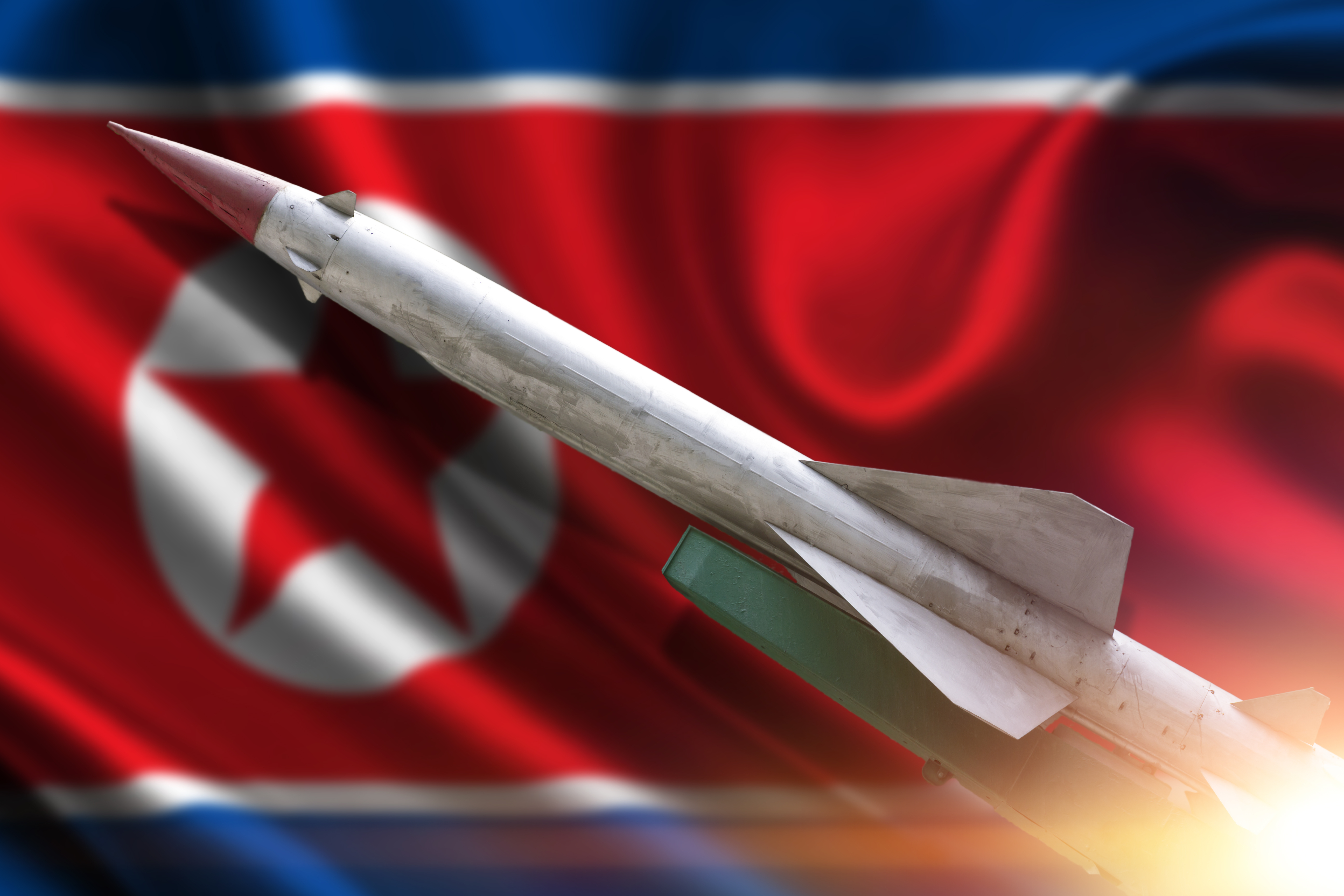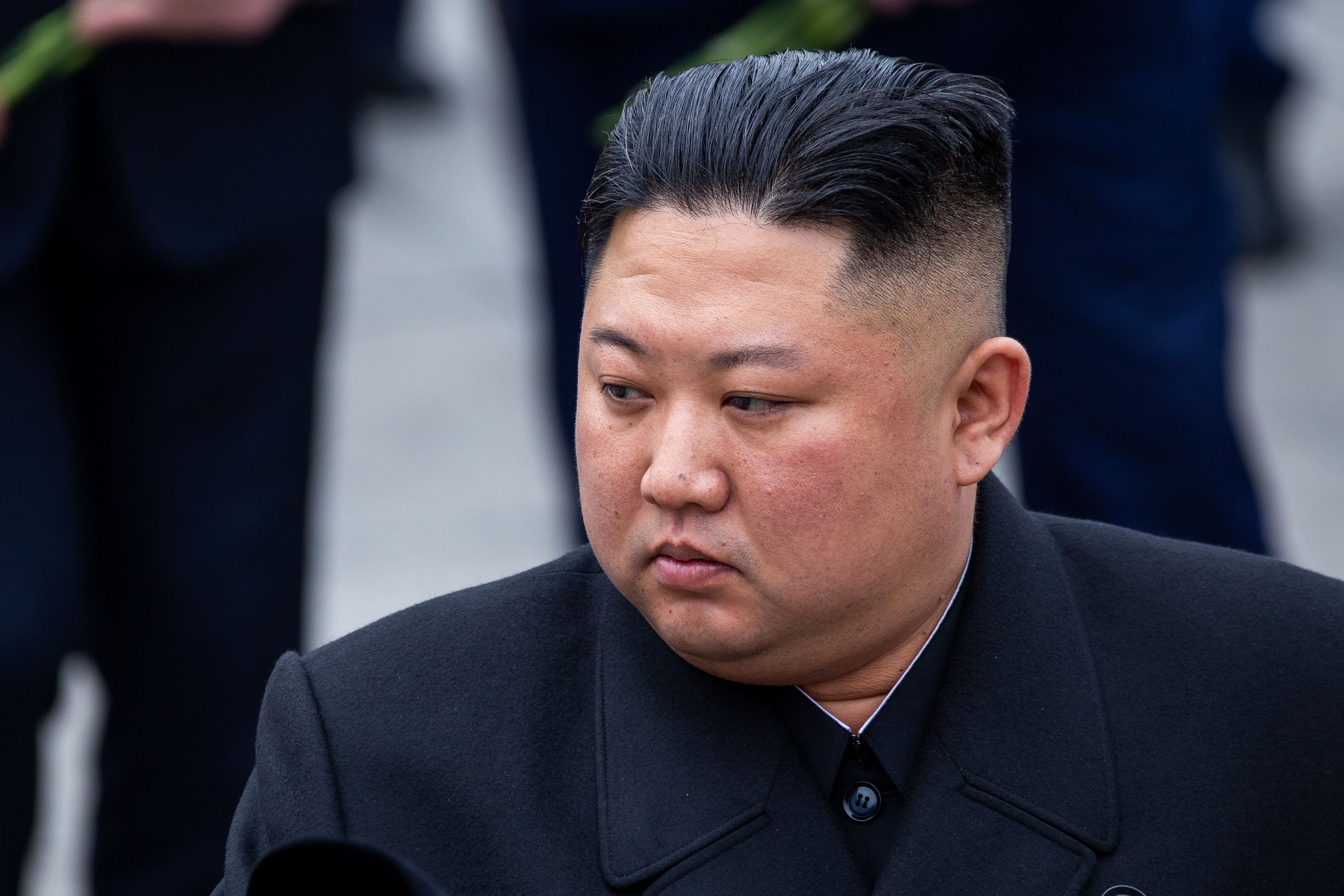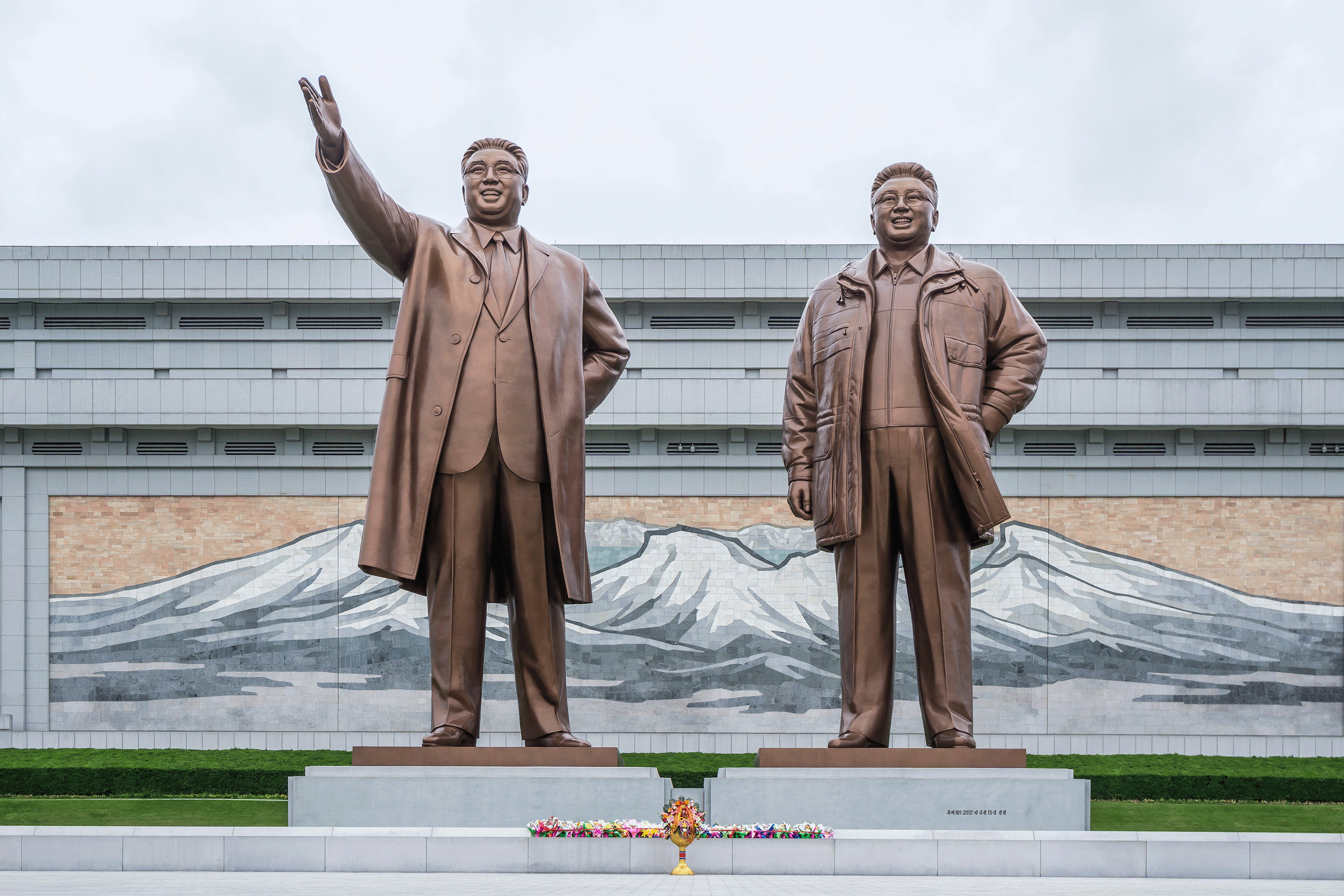
After the Missile Tests: North Korea’s Intentions and Game Plan for 2022 and Beyond
Commentary | February 24, 2022
Hyeong Jung Park
Emeritus Research Fellow at the Korea Institute for National Unification (KINU)
Notwithstanding United Nations prohibitions on ballistic and nuclear weapons tests, North Korea has continuously been on a streak of weapons proliferation. In this commentary, Hyeong Jung Park, Emeritus Research Fellow at the Korea Institute for National Unification (KINU), analyzes the intentions of the unusually high number of tests, looking into the objectives behind North Korea’s arms proliferation, its self-perceived status of power and influence, its stance on diplomatic relations, and the regional environment. Provided with an international environment in its favor and an overvaluation of its defense forces, North Korea’s offensive will persist for the next few years and may be accompanied with a renewed nuclear crisis.
North Korea has already made seven missile tests this January, which outnumbers the number of tests made during the year of 2021 by one. Amid the tests, Kim Jong Un convened a politburo meeting on January 19th. During the meeting, Kim hinted at lifting North Korea’s voluntary moratorium of nuclear and intercontinental ballistic missile tests, which has been in place since April 2018.
These two events are merely a prelude to what is to follow over the coming years. We can analyze North Korea’s goals and its game plan for 2022 and beyond through a broader strategic perspective. In this commentary, I touch upon the four following factors: North Korea’s intent of modernizing its defense forces, the way it perceives its power and influence, its negotiating stance with the U.S. and South Korea, and the international environment for its strategic pursuit.
North Korea’s Intention behind the Modernization of Its National Defense Forces
Kim Jong Un’s report to the Eighth Party Congress in January 2021 affirmed that North Korea developed a perfect nuclear shield, which it refers to as a “reliable strategic deterrent” that can cope with any threat. Furthermore, he also announced that North Korea would be able to respond to the U.S. hostile policy and military threats from South Korea, only when it bolsters its national defense capability without a moment’s halt. The report also states that there can “never be satisfaction in strengthening the military strength,” under prevailing circumstances and that North Korea’s diplomacy should focus on “prevailing over and subjugating the US,” the principal enemy.
The above arguments clarify that North Korea’s goals stretch beyond providing “perfect deterrence,” towards building “warfighting” capabilities and seeking dominance over the Korean Peninsula. Furthermore, they imply that North Korea intends to pursue this objective by proactively building up arms and offensively initiating cruises. North Korea has exaggerated the magnitude of its external threats in order to left its own aggressive posture, even though the harsh security environment was mostly a product of the international community’s reaction to Pyongyang’s provocations. Kim’s report only confirms his understanding of peace based on the superior military might. Considering North Korea’s perception of its security, it would only feel secure when it bears the capabilities to become a regional hegemon on the Korean Peninsula.
North Korea’s Self-perception of Its Power and Influence
The same report from the Eighth Party Congress asserted that the “completion of national nuclear forces” in November 2017 brought upon a fundamental change in the structure of world politics and power relations among countries around the Korean peninsula; the enhancement of its arsenal also altered power relations between North Korea and the U.S. This led North Korea to hold three summits with the U.S. and another three with South Korea. In addition, the report argues that China and Russia have changed their views on North Korea and bolstered friendly relations with the North, considering the enhancement of its power and influence as feats beneficial to themselves.
With such developments, North Korea has found it reconfirmed that the enhancement of its military prowess is the equivalent of an upgrade in its international status and influence. In a nutshell, North Korea has been feeling emboldened with its perceived enhancement of power and influence through the “completion of national nuclear forces.”
North Korea’s Stance on DPRK-U.S. and DPRK-ROK Relations
Following the failure of the Hanoi Summit in February 2019 between Kim Jong Un and Donald Trump, North Korea has become deeply distrustful of the U.S’ suggestions for negotiation. Pyongyang believes that the U.S. is merely trying to buy time and has no intention to lift sanctions and military pressure against the North. Since then, North Korea has had no expectations for negotiating with the U.S. and the South; it has followed the policy line of internal balancing through modernizing its defense forces for a longer term.
In July 2020, Kim Yo Jong clarified North Korea’s policy toward the U.S. She stated that the former principles guiding DPRK-U.S. relations of “denuclearization measures versus lifting of sanctions” should be altered into a formula of “withdrawal of hostility versus resumption of DPRK-U.S. negotiations.” Since then, North Korea has reestablished its previous “hostile-maximalist position” toward the U.S. and South Korea, ignoring their appeals for non-hostility and to resume cooperation. Furthermore, the North has demanded the suspension of ROK-U.S. joint military exercises. However, ironically, it has also called for other countries to recognize its “legitimate” right to build up “defensive” arms and relentlessly emphasized the necessity of keeping the military balance on the Korean peninsula in its favor.
Favorable International Environments for North Korea to Pursue Arms Development
North Korea was able to turn the tide of the international environment in its favor by pursuing a nuclear-missile offensive in 2016 and 2017. Among others, China discarded its hitherto critical stance and established friendly relations with North Korea, providing support. Since then, China has been increasingly negligent in following UN sanctions. Bearing this in mind, if North Korea had not closed its borders due to the COVID-19 outbreak, it would have been enjoying relatively good economic conditions.
The current international environment is once again in favor of North Korea’s strategic pursuit. The U.S. has been diverting its power and influence toward issues higher on its list of priorities like conflicts regarding Ukraine and Taiwan. China is likely to continue and strengthen its support toward North Korea while attempting to divert the attention of the U.S. and its alliances in Northeast Asia from Taiwan issues. Such circumstances will persist for the coming years. In the meantime, North Korea may utilize the current environment and make the most out of the favorable conditions and emergent opportunities for its strategic interest.
Conclusion
Starting off the year with a massive series of missile test-firings, North Korea has initiated a new offensive in earnest in line with the “New Path,” which it has warned of after the failed Hanoi Summit in 2019. Its objective is to increase military capacity and raise its strategic status, stretching its objectives beyond “perfect deterrence” and onto nuclear “warfighting” to seek dominance over the Korean Peninsula. North Korea, already emboldened with the strategic success from its hitherto buildup of nuclear and missile armaments, is now welcoming a new window of opportunity, which came along with the unexpected turn of the international environment in its favor. With its relentless pursuit of arms buildup and the modernization of national defense forces, North Korea is now capable of bullying and harassing South Korea and the U.S. through various ways, including experiments of a wide range of advanced missiles. North Korea may tactically combine various means and decide when and how to change the circumstances in its favor. North Korea’s offensive will persist for the next few years and may be accompanied with a renewed nuclear crisis. The massive missile testing in January is just a start.■
■ Hyeong Jung Park is an emeritus research fellow at the Korea Institute for National Unification (KINU). He received his Ph.D. from the University of Marburg, Germany in Political Science. He served as an advisor to the Ministry of Unification, the Ministry of Foreign Affairs, the National Intelligence Service, Peaceful Unification Advisory Council, and the Joint Chiefs of Staff. He was a visiting fellow at the Brookings Institution and the Institute for Security & Development Policy. His main fields of research include politics and economy of North Korea, comparative analysis of socialism, inter-Korean relations, and U.S.-DPRK. His recent papers include “Kim Jong Un’s 10 South Korea policy in his ten year reign,” “Kim Jong Un regime’s Grand Strategy and Recasting the structure of power elites and regime agencies,” and others.
■ Typeset by Seung Yeon Lee, Research Associate
For inquiries: 02 2277 1683 (ext. 205) | slee@eai.or.kr
North Korea’s Missile Tests

The Geopolitics of Human Trafficking and Gendered North Korean Migration
Eunyoung Christina Choi | 23.February.2022

Reading Chairman Kim Jong Un’s Mind
Young-sun Ha | 26.January.2022

A Three-Way Comparison Between Songun Politics and Kim Jong Un’s Rule
Hyeong Jung Park | 05.January.2022
LIST